
And it might navigate and dock itself
Whenever you make a purchase from overseas, your goods spend some time on the open water. Shipping cargo is a major part of human commerce, and about 80% of international goods are transported by sea. Your items can take several weeks on a journey of a few thousand miles. With so much time and open sea, it would be a boon to both shipping companies and crews to automate a lot of the shipping process. AI is powering that process, and with the increased focus on decarbonization in shipping, it’s helping sustainability efforts as well. Autonomous cargo ships are on the horizon, and they’re heading this way.
Zero Emissions, Zero Crew

It’s a short haul from Porsgrunn to Brevik in Norway. So it was the perfect route to test out Yara Birkeland, the world’s first electric and self-propelled container ship. The Massterly ship carries fertilizer between the two ports, allowing its builders to test its remote monitoring and autonomous capabilities. A small crew was on board for the maiden voyage in April 2022, with the anticipation that they would be phased out. The zero-emissions ship will save the equivalent of 40,000 diesel-powered truck journeys annually.
Yara Birkeland’s introduction has been so successful that Massterly, a joint venture between Kongsberg and Wilhelmsen, is trialing two more electric autonomous cargo ships for Norwegian grocery chain ASKO. The ships, Marit and Therese, will begin with crews of two to four people before going totally unmanned across the Oslo fjord between the ports of Horten and Moss. They will replace 150 daily truck trips. At port, Massterly is also trialing automated mooring, loading, and unloading.
“Currently, we are at the very beginning of this development, but we see and believe that there will be a significant market for these types of services in the near future. At first, short sea shipping will use autonomous ships. This also implies increased competitiveness to move transport from road to sea. The gains are increased efficiency and reduction of emissions. For Norway as a maritime nation, this will be an important contribution to reach the UN sustainable development goals,” Wilhelmsen said at the project’s outset.
Massterly’s next frontier is working with Reach Subsea on a remote-operated underwater craft to debut this year.
Crossing Oceans

On a much grander scaler, last June the 134,000-ton Prism Courage completed a world-first transoceanic voyage using AI. Carrying liquid natural gas, Prism Courage used an AI-based navigation system dubbed HiNAS 2.0 by Hyundai’s Avikus, to go from the Gulf of Mexico to South Korea in 33 days. HiNAS 2.0 led the way for about half the journey, with a human captain handling the rest.
Prism Courage sailed through the Panama Canal on its 12,400-mile journey and HiNAS 2.0 successfully identified other vessels and their locations to avoid collision about 100 times.
“Avikus’ autonomous navigation technology was greatly helpful in this ocean-crossing test especially for maintaining navigating routes, autonomously changing directions, and avoiding nearby ships, which were all increasing ship crews’ work conveniences,” Capt. Young-hoon Koh said.
The navigation system assessed weather and traffic to optimize the route, saving 7% on fuel consumption and 5% on greenhouse gas emissions, Avikus said. With approval from the American Bureau of Shipping, the company plans to commercialize its navigation system for autonomous cargo ships and pleasure craft.
“It is meaningful we successfully tested the Level 2 system,” Avikus CEO Do-hyeong Lim said. “We will lead innovation by upgrading autonomous navigation solutions not only for large merchant ships but also for small leisure boats.”
Safety First

Human error is the cause of most collisions at sea, so autonomous cargo ships might in that regard be safer. They’d be vulnerable to cyberattack, however, and perhaps more susceptible to piracy without an experienced crew to navigate hot spots. Of course, a crewless ship prevents human casualties in the event of a takeover by pirates.
Crucially for a fledgling industry, there are not currently international safety standards for autonomous cargo ships, as Marine Link reported. International Marine Organization regulations require “a proper lookout by sight and hearing” and visual confirmation of other ships to avoid collisions. The U.S. Congress and courts have maintained that the regulations “do not intend the use of electronic observations, such as those obtained from radar, to be a substitute for visual observations.”
It remains to be seen whether LiDAR or machine vision counts in the absence of a human onboard, but such determinations will need to be made and regulations perhaps updated for autonomous cargo ships to rule the seas. There are also sound warnings and radio transmission required for two ships passing in close proximity to each other. To operate truly autonomously, ships might need to be equipped with those functionalities, or the rules will have to be rewritten. It could be that even if they steer themselves, vessels will need a skeleton crew onboard to comply with rules and be able to take over in case of emergency. The smaller the crew, the more cargo a ship will be able to haul.
We will find out soon enough, because autonomous cargo ships are coming to a port near you.
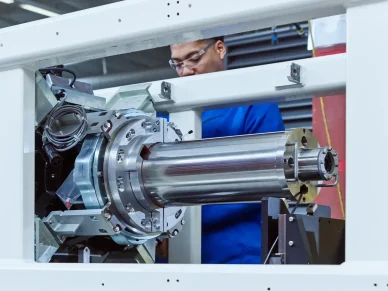

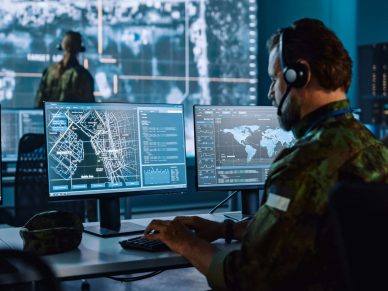
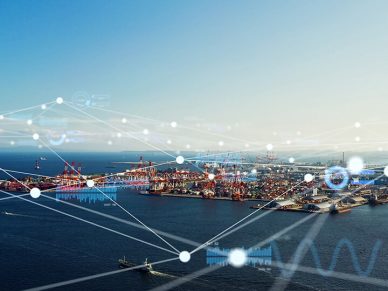
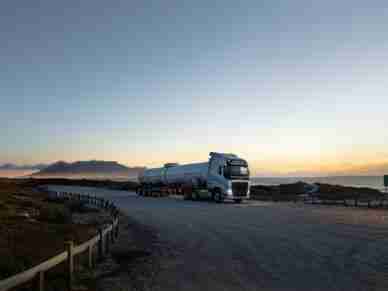
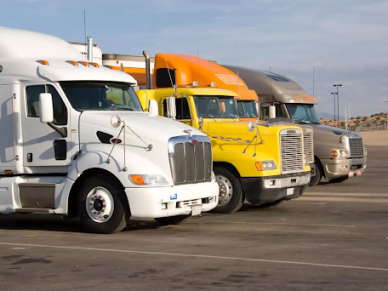
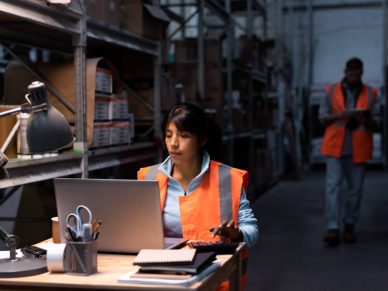


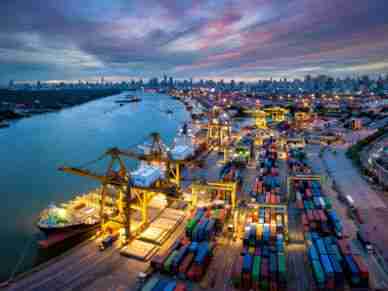




Leave a Reply